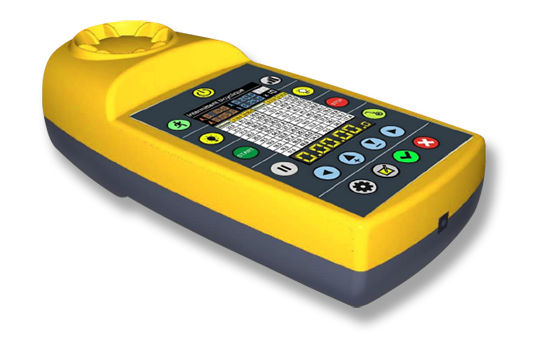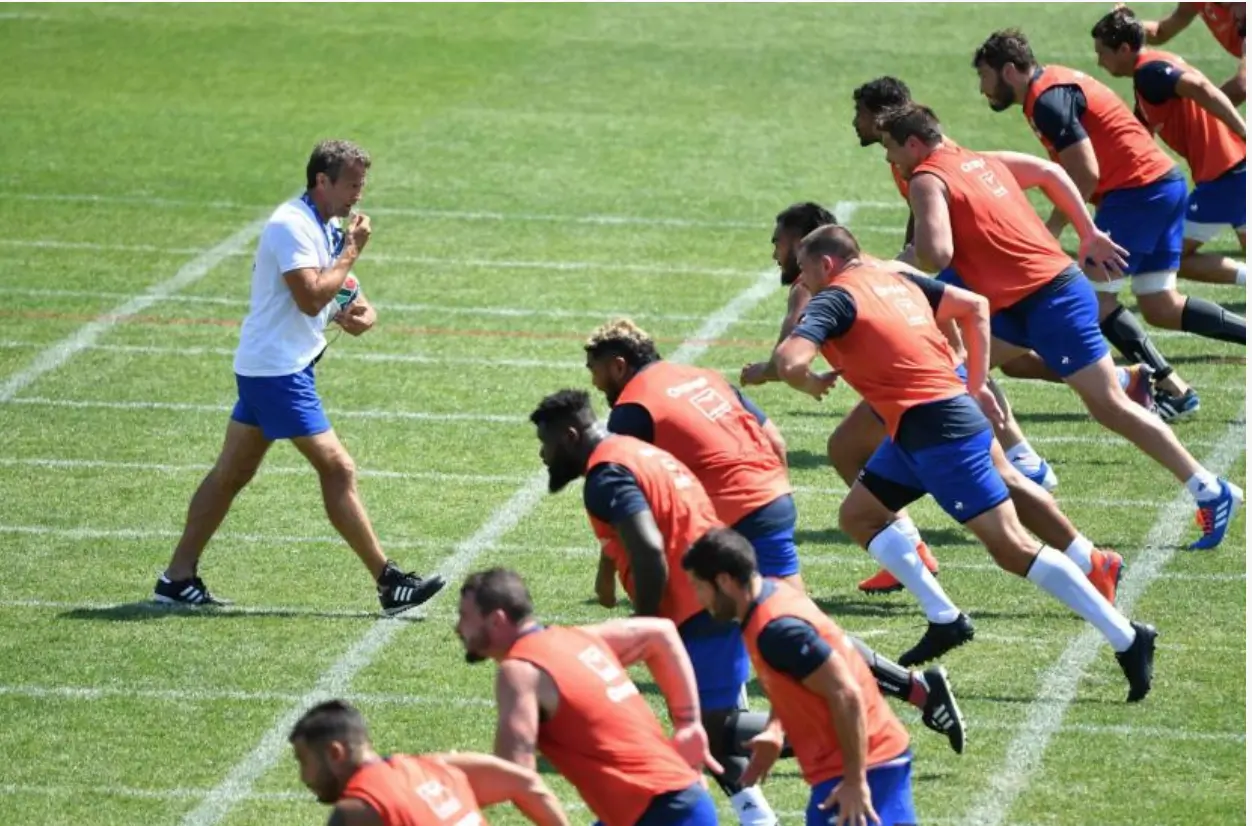1.Origin of the 6-24 test
Stéphane Morin,an expert in performance methodology, and Thomas Joubert, a renowned physical trainer, collaborated to create an innovative test for assessing physical fitness. Their aim was to offer an alternative to the traditional VMA test, often perceived as restrictive and difficult to perform in certain contexts. The result was the 6-24 test, an innovative method designed to effectively assess an individual’s aerobic capacity.
The test, known as the 6-24 test, stands out for its simplicity and practicality. Participants are asked to perform a series of six-second sprints, followed by a 24-second active recovery period. This cycle is repeated several times, enabling coaches and athletes to obtain an accurate estimate of their ability to sustain an intense effort followed by rapid recovery, an essential skill in many sporting disciplines.
The key advantage of this test is its ease of use. Unlike the VMA test, which often requires specific equipment and complex protocols, the 6-24 test can be carried out with a minimum of equipment and in a variety of environments, making it accessible to a wide range of athletes and fitness professionals.
2.Materiel needed for the 6-24 test
To carry out the 6-24 test effectively, certain equipment is required:
- Cups, which will be used to delimit the sprint start and stop zones.
- A soundtrack: to regulate the time of the sprint and recovery intervals.
sportbeeper pro is the ideal tool for carrying out this test.
3.Conduct of the 6-24 test
To maximize the effectiveness of the 6-24 test, it is recommended to organize the group of participants into three distinct subgroups. Firstly, one part of the participants performs the test, completing the 24 accelerations of six seconds each, with a 24-second break between each run. Meanwhile, another group takes on the role of observer, taking notes, providing encouragement and offering moral support to participants as they complete the test. Finally, the third group focuses on the warm-up, preparing participants in turn for the upcoming test.
Participants must complete these accelerations over a variable distance, adapted to their abilities and level of performance, generally between 36 and 51 meters for professional footballers, corresponding to speeds ranging from 21.6 to 30.6 km/h. Movements are made in the form of back-and-forth movements within a zone delimited by lines 3 metres apart at the finish.
The objective for each athlete is to maintain the speed chosen at the start of the test for as long as possible. When this becomes too difficult, the athlete can reduce the distance covered, lowering the level of difficulty while seeking to maintain maximum intensity. This strategy enables participants to continue exercising despite fatigue, while pushing their limits and maximizing their effort.
This test, characterized by short, intense and repetitive efforts, can be performed at any time, and is recommended several times a year to monitor participants’ progress and compare results. This regular approach makes it possible to assess the evolution of participants’ aerobic endurance and to highlight the improvements achieved through training and physical preparation.
4.How do you analyse the results of 6-24 test?
To assess participants’ performance in the 6-24 test, it makes sense to examine both the total distance covered and the percentage of relative loss. This analysis provides an overall picture of the participants’ endurance and efficiency in performing the exercise. To calculate the percentage of relative loss, a simple formula can be applied:
distance 1st rep * 24 (total no. of reps) – distance actually covered.
This calculation produces a value in metres, representing the distance lost in relation to the distance planned for each participant. To obtain the percentage of relative loss, this value in metres is converted into a percentage. The lower the percentage, the less distance is lost.
Analysis of this percentage enables us to identify those participants who succeeded in maintaining a sustained effort throughout the test, as well as those who showed greater resistance to fatigue. By assessing relative distance loss, coaches can gain valuable information about participants’ fitness and aerobic endurance, which can be used to adjust training programs and identify areas requiring improvement. Ultimately, this analysis contributes to a comprehensive assessment of participants’ 6-24 test performance and a better understanding of their ability to sustain maximum effort over extended periods.


